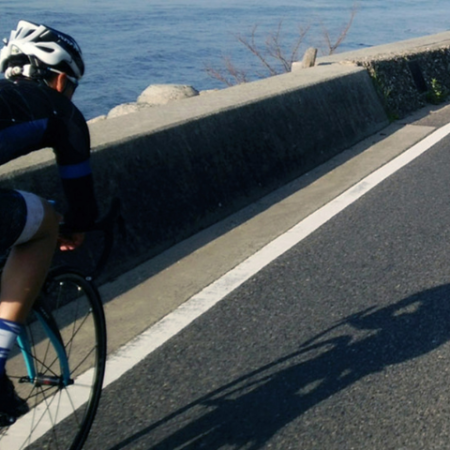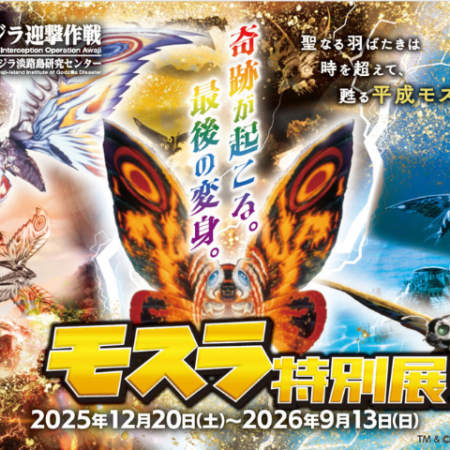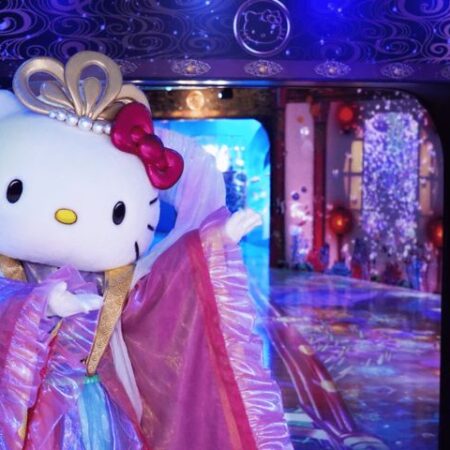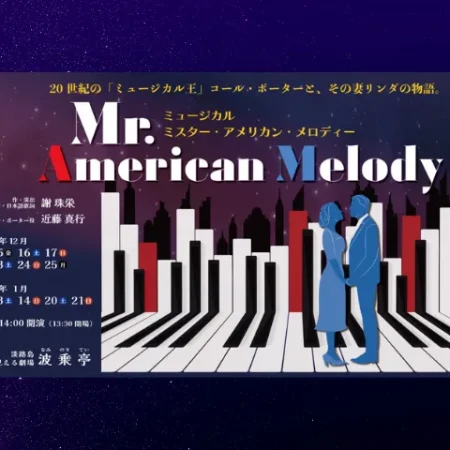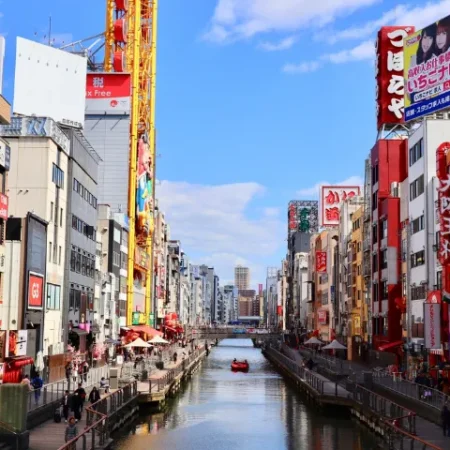Did you know that Japan’s longest bridge is the second longest bridge in the world? Akashi Kaikyo Bridge connects Kobe and Awaji Island. It is a monumental bridge of Japanese human ingenuity and engineering power. Learn about the history, design, and structure behind this iconic landmark.
Table of Contents
The Second Longest Bridge in the World Connects Kobe and Awaji Island, Japan

The Akashi Kaikyo Bridge, also known as the Pearl Bridge, is the second longest suspension bridge in the world after Canakkale Bridge, built in Turkey in 1915. This is a bridge that connects Kobe and Awaji Island.
This was one of the ambitious projects to strengthen the ties between Honshu and Shikoku. Construction of the bridge began in May 1988 and opened to traffic in April 1998 after 10 years of construction.
History and Construction

Construction began in 1988 to replace the aging ferry system that ran between Kobe and Awaji Island. Hopes ran high for the bridge to improve transportation and boost economic development by increasing traffic across the strait.
The project faced numerous challenges right from the start. The strong tidal currents of the Akashi Strait are legendary, and posed daunting challenges for construction.

In January 1995, a major earthquake known as the Great Hanshin Earthquake or Kobe Earthquake struck. The disaster caused significant delays in the bridge’s construction, initially slated for completion in 1995. The quake hit just before the bridge completion. It opened a roughly 1-meter gap between the bridge’s 2 towers and necessitated other extensive repairs.
Despite these setbacks, construction resumed with renewed vigor. Finally, the bridge finally opened to traffic on April 5th, 1998. The completion of the Akashi Kaikyo Bridge has come to symbolize resilience and determination in the face of adversity.
Engineering and Design
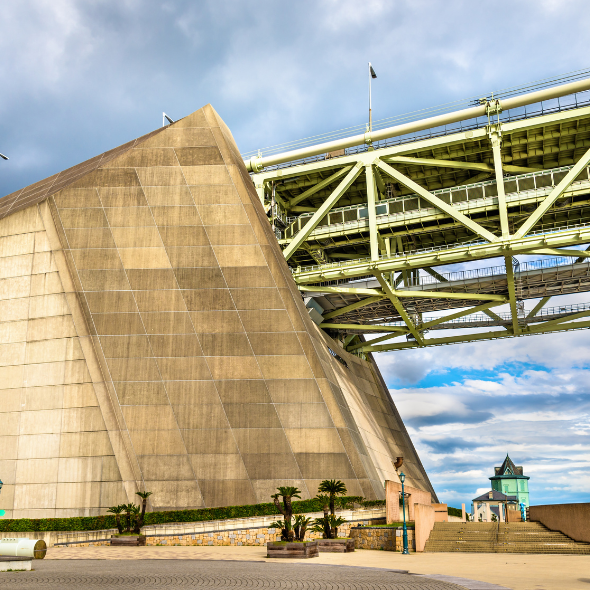
The Akashi Kaikyo Bridge is an engineering marvel that showcases advanced technology and design. The total length is 3,911 meters (12,831 feet), with a central span of 1,991 meters (6,532 feet), surpassing the Golden Gate Bridge in San Francisco. The bridge’s two main towers rise 300 meters (984 feet) above sea level, taller than the Eiffel Tower.
A combination of modern materials and techniques ensure durability and stability. The main cables of high-tensile steel connect the towers, supported by 2 massive pylons anchored to the ground.
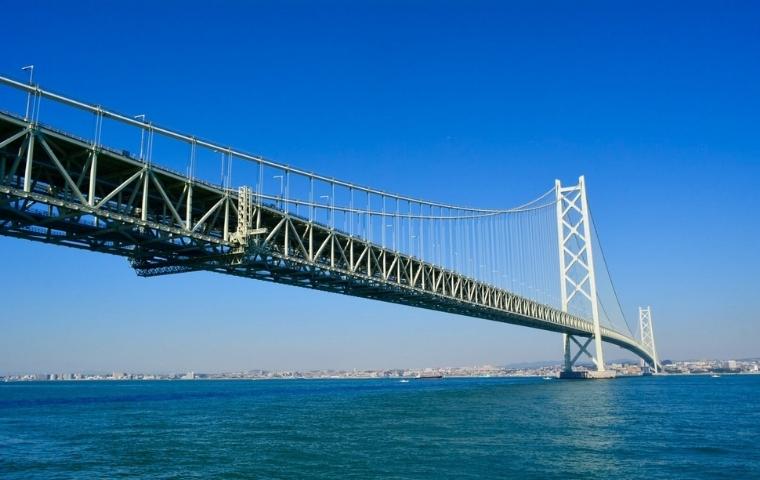
Thousands of individual steel wires make up these cables, able to withstand the immense natural forces all around. The steel and concrete deck provides both strength and flexibility. Meanwhile, expansion joints allow the bridge to adapt to environmental changes in temperature, wind, and seismic activity.
Climb Tour, Panoramic View and Illuminated Night View
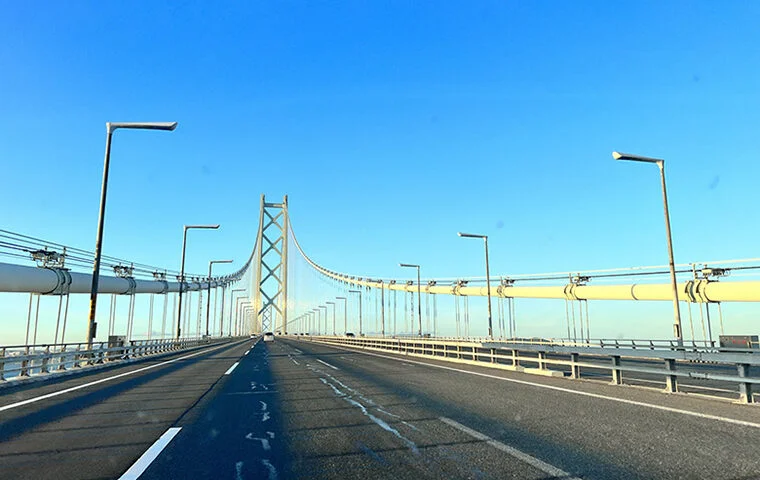
Today, the Akashi Kaikyo Bridge remains a vital component of Japan’s transportation infrastructure and a major tourist attraction. Thousands of vehicles move daily across this key link in the Honshu-Shikoku Highway. The bridge has trnasformed the regional economy.
The bridge’s design and engineering continue to be a source of fascination and study for professionals in the field.
For tourists, the Akashi Kaikyo Bridge offers more than just a crossing. It provides a stunning view and an opportunity to experience one of the world’s most impressive structures up close.
From the observation deck, panoramic views encompass the Akashi Strait and surrounding landscape. The illuminated bridge at night also presents a luminous beauty. Photographers and sightseers gather from far and wide.

Learn more about the bridge while enjoying the ocean view on the Akashi Kaikyo Climbing Tour, one of Japan’s most popular experiences.
Closing
The Akashi Kaikyo Bridge stands as a remarkable achievement in engineering and a symbol of Japan’s dedication to innovation and progress. It serves as the perfect gateway into the endless pleasures of Awaji Island.




